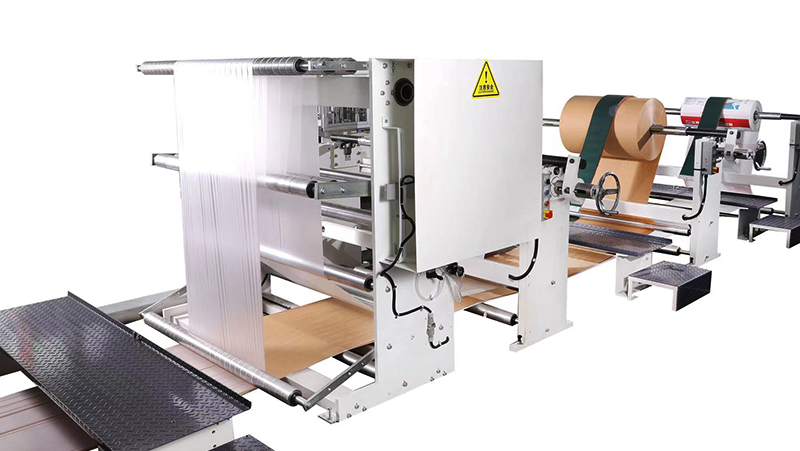Paper Sack Tuber: Essential Guide to Manufacturing, Uses, and Sustainability
Release time:2025-04-27 Classification:Knowledge
A paper sack tuber, often referred to as a paper tube or core, is a cylindrical structure primarily used in the production of industrial and commercial paper sacks. Crafted from durable paperboard or kraft paper, these tubers serve as the foundational component for multi-wall sacks, providing structural integrity and stability. This article explores the manufacturing process, key applications, and environmental advantages of paper sack tubers, highlighting their role in modern packaging solutions.

1. Manufacturing Process
Paper sack tubers are produced through a highly controlled process:
- Material Selection: High-strength kraft paper or recycled paperboard is laminated in multiple layers to ensure durability.
- Spiral Winding: Layers are wound around a mandrel in a spiral pattern, bonded with food-grade adhesives for seamless construction.
- Precision Cutting: Tubes are cut to specified lengths and diameters based on end-use requirements.
- Quality Testing: Tubers undergo rigorous tests for crush resistance, moisture tolerance, and load-bearing capacity.
2. Key Applications
Paper sack tubers are indispensable in industries requiring robust and customizable packaging:
- Agriculture: Used for storing and transporting seeds, fertilizers, and animal feed.
- Construction: Ideal for packaging cement, dry mixes, and powdered chemicals.
- Food Industry: Safeguards bulk products like flour, sugar, and grains while meeting hygiene standards.
- Retail: Supports eco-friendly consumer packaging for non-fragile goods.
3. Advantages of Paper Sack Tubers
- Sustainability: Made from renewable or recycled materials, these tubers are biodegradable and easily recyclable.
- Cost-Efficiency: Lightweight design reduces shipping costs and carbon footprint.
- Customizability: Adaptable to varying diameters, wall thicknesses, and print finishes for branding.
- Strength-to-Weight Ratio: Engineered to withstand heavy loads without compromising flexibility.
4. Environmental Impact
As global industries shift toward sustainable practices, paper sack tubers align with circular economy principles:
- Reduced Plastic Dependency: Offers a viable alternative to plastic-based packaging cores.
- Carbon Neutrality: Production processes increasingly utilize renewable energy sources.
- End-of-Life Options: Fully compostable in industrial facilities, minimizing landfill waste.
Conclusion
The paper sack tuber exemplifies innovation in sustainable packaging, combining functionality with environmental responsibility. Its adaptability across sectors—from agriculture to retail—positions it as a critical component in reducing the ecological footprint of industrial operations. By prioritizing renewable materials and efficient manufacturing, paper sack tubers pave the way for greener supply chains while maintaining performance benchmarks.






